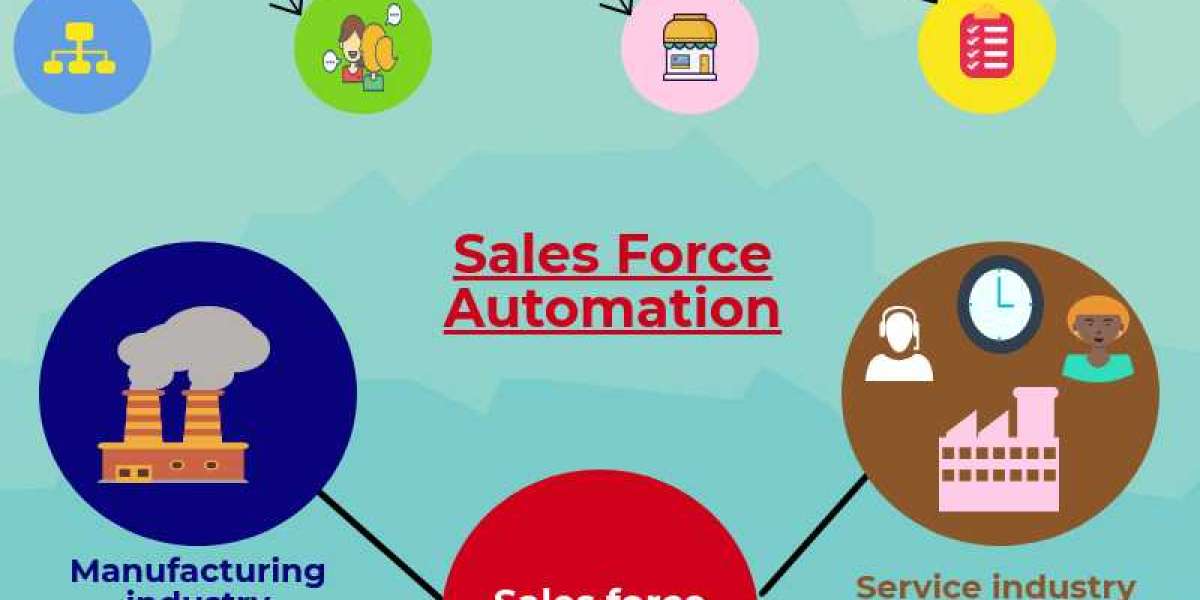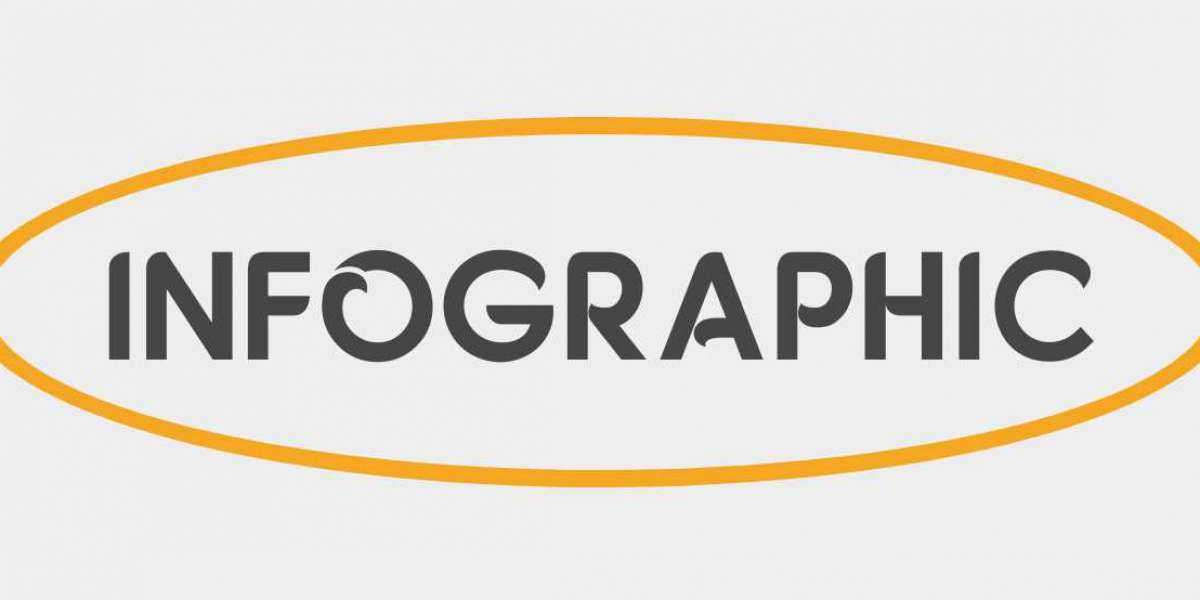Market Overview
The sales force automation market valuation is expected to reach USD 18.65 billion. Grow at a rate of 10% during the forecast years (2020-2030). Sales force automation happens when software tools automate parts of the sales process. It mainly focuses on the automation of repetitive, administrative tasks that can be too much time-consuming for a sales team to perform. In the sales force automation market, cloud-based software is largely used. Such software facilitates secure data storage, which is extremely needed in today’s day and age. The secure data storage allows businesses to get safe access and curtails the overheads. It provides solutions that help in increasing the sales and maintenance of the entire corporate sales process. The market key players are constantly bringing new developments for the global sales force automation market growth in the upcoming times.
The potential for the sales force automation market is expected to increase as a result of the use of this technology in numerous industries. As employees spend less time on administrative tasks thanks to automation in sales processes, businesses will eventually perform better because to increased productivity. As a result, there is a greater demand for sales force automation, which drives the expansion of the SFA market.
The sales force automation market is expanding because it gives businesses the opportunity to improve their performance and productivity. Additionally, automation in sales processes lightens the load of administrative duties and frees up workers' time so that it can be put to better use. Because sales force automation is enhancing staff productivity, there is a huge demand across a variety of industries. The sales force automation industry is expanding along with the increase in demand.
Market Segmentatioin
Based on function, organisation type, software, end users, and location, the global market for sales force automation is segmented into numerous submarkets.
By type of organisation, According to the kind of organisation, the large, medium, and small-scale firms make up the sales force automation market sector.
Using software A software-as-a-service, or SaaS, salesforce automation system, an on-premise sales force automation system, and a cloud-based sales force automation system make up the market's software sector.
by consumers, This area includes a variety of industries, including the automotive, finance, healthcare, media, and entertainment sectors.
Key Players
Aptean Software Company (U.S.), Bullhorn Inc.(U.S.), Microsoft Corporation (U.S.), NetSuite Inc. (U.S.), Oracle Corporation (U.S.), Pegasystems Inc. (U.S.), Sage Group Plc. (U.K), Salesforce.com Inc. (U.S.), SAP SE(Germany), SugarCRM (U.S.), and Zoho Corporation (India) are the major players in the market.
Introduction:
In the modern business landscape, efficient and effective sales processes are crucial for driving growth and success. Sales force automation (SFA) is a powerful tool that can revolutionize the way your sales team operates, leading to increased productivity, improved customer relationships, and higher revenue generation. In this article, we will delve into the concept of sales force automation, its benefits, and how you can implement it in your organization to streamline your sales efforts.
What is Sales Force Automation?
Sales force automation refers to the use of technology to automate and streamline various sales tasks and processes, empowering sales teams to work more efficiently and strategically. SFA solutions typically encompass customer relationship management (CRM) software, which helps manage and track customer interactions, sales data, and deal progress. From lead generation to closing deals, sales force automation optimizes the entire sales cycle, allowing sales representatives to focus on building relationships and closing more deals.
Benefits of Sales Force Automation:
- Enhanced Efficiency: By automating repetitive and time-consuming tasks, such as data entry, order processing, and inventory management, SFA frees up valuable time for sales professionals. They can redirect their efforts toward high-value activities like customer engagement, sales strategy development, and nurturing leads, resulting in increased productivity.
- Improved Sales Pipeline Visibility: With SFA, you gain real-time visibility into your sales pipeline. You can track leads, monitor deal progress, and identify bottlenecks or areas that need improvement. By having a comprehensive view of your sales process, you can make data-driven decisions and allocate resources effectively.
- Enhanced Customer Relationship Management: SFA enables sales teams to provide personalized experiences to customers by centralizing customer data. It allows you to capture and store vital customer information, including preferences, purchase history, and communication history. Armed with this knowledge, your sales representatives can tailor their interactions and offer targeted solutions, ultimately leading to better customer satisfaction and loyalty.
- Accurate Sales Forecasting: By leveraging the data captured through SFA, you can generate accurate sales forecasts. These forecasts help you make informed business decisions, set realistic goals, and allocate resources appropriately. With the ability to predict sales trends and anticipate market demand, you can optimize your sales strategies and stay ahead of the competition.
Implementing Sales Force Automation:
- Evaluate Your Needs: Before implementing SFA, assess your organization's specific requirements and objectives. Consider factors like team size, budget, and integration capabilities with existing systems. This evaluation will help you choose the right SFA solution that aligns with your business goals.
- Choose the Right SFA Software: There are numerous SFA software options available in the market. Look for features such as contact management, opportunity tracking, sales analytics, and mobile accessibility. Ensure the software is user-friendly, scalable, and customizable to cater to your unique business needs.
- Train and Support Your Team: To maximize the benefits of SFA, provide comprehensive training to your sales team. Help them understand the software's functionalities, navigation, and reporting capabilities. Additionally, offer ongoing support and encourage feedback to ensure smooth adoption and effective utilization of the SFA system.
- Monitor and Optimize: Once your SFA system is up and running, regularly monitor its performance and gather feedback from your team. Identify any areas of improvement or additional features that could enhance efficiency. By continuously optimizing your SFA implementation, you can adapt to changing business requirements and stay ahead in the market.
Related Reports
Conclusion:
Sales force automation is a game-changer for organizations seeking to streamline their sales processes and drive revenue growth. By leveraging SFA, you can automate routine tasks, gain valuable insights, and provide personalized experiences to your customers. With the right SFA solution and proper implementation, you can transform your sales team into a highly efficient and effective force, maximizing their potential and achieving remarkable results.








